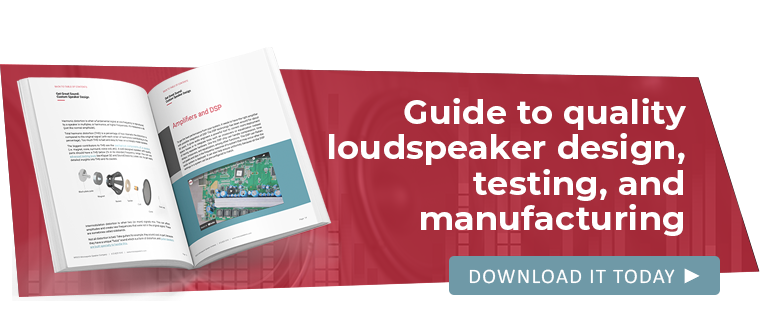Meeting the Demands of the Mass Transit Industry
Trains, buses, and other mass transit systems require clear audio. Audio systems are critical to keep riders informed and convey important messages in emergencies. Creating systems that meet these needs requires careful selection of the materials and components that go into them, plus the capability to test how they’ll stand up to the elements and perform once they’re installed in the real world.
Here are some of the things MISCO has learned about designing, building, and testing mass transit audio solutions over the past 50+ years.
First Stop: The Right Stuff
To have the proper ingress protection (a speaker’s IP rating) is a matter of using materials that are waterproof and creating a design that protects the sensitive inner workings of a speaker.
For example, a MISCO speaker designed to be mounted behind the front tire on the outside of a bus uses a single-piece polypropylene cone, so there’s no gap for water to come in contact with the sensitive speaker driver inside.
In addition, “The neoprene gasket has a cutout,” says Dan Digre, President and CEO of MISCO. “It allows water to drain through the speaker to prevent any water buildup.”
An aluminum or steel grille is common for covering a transit speaker to protect it from vandalism. This can be taken a step further by adding a security screen between the cone and the grille. This screen can prevent sharp objects from being poked through the grille and damaging the cone.
Next Stop: Intelligibility
A durable speaker can’t sacrifice sound quality or it won’t achieve the most basic expectation of a transit audio system: voice intelligibility. Good intelligibility requires a speaker to perform well over the frequency response of the human voice—which is typically between 200Hz and 7kHz.
Speakers for trains and other noisy environments should also have high sensitivity (this is a measure of how efficiently the speaker converts electrical power into audible sound). Dan notes that a popular MISCO train speaker has a sensitivity in the 92 to 93 dB range. By designing a speaker with high sensitivity it can overcome background noise, be more compact to fit into tight spaces, and be more efficient in terms of its energy requirements to operate (thus saving people money on powering their systems).
Designing a speaker that meets the desired requirements for volume and power handling must be accompanied by testing that can verify how the speaker will perform in the space where it is deployed. The best way to do this is to utilize Klippel technology. Klippel is a global leader in the field of diagnostic hardware and software for acoustical equipment.
Through our subsidiary, Warkwyn, MISCO is the North American distributor for Klippel equipment and software support. MISCO uses its Klippel know-how to answer customer questions about how a system will sound in the real world. “This test equipment can create polar plots, balloon plots, and the type of acoustical information that can be modeled inside a train, train station, or a bus,” says Dan.
If you have any questions about audio systems for mass transit applications, reach out to our team and we’d be happy to talk with you.

